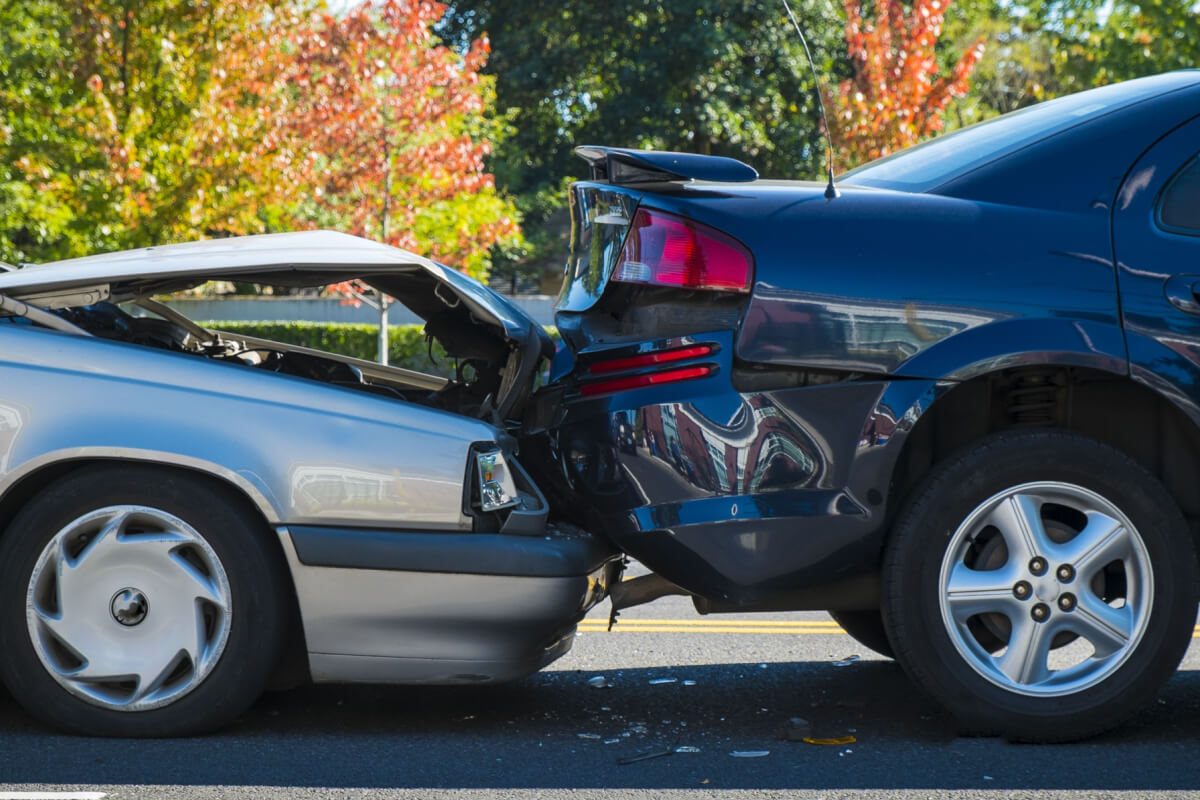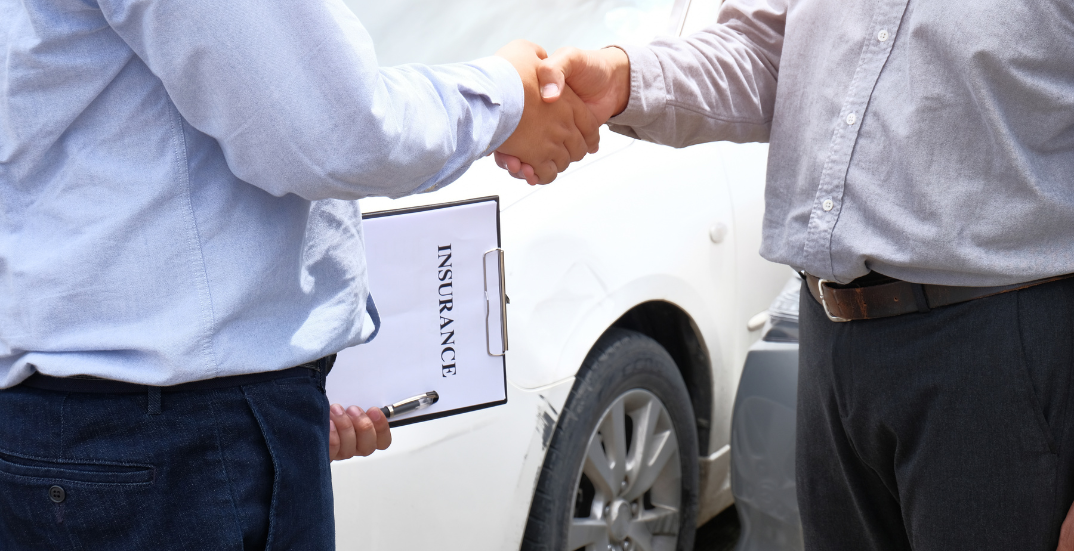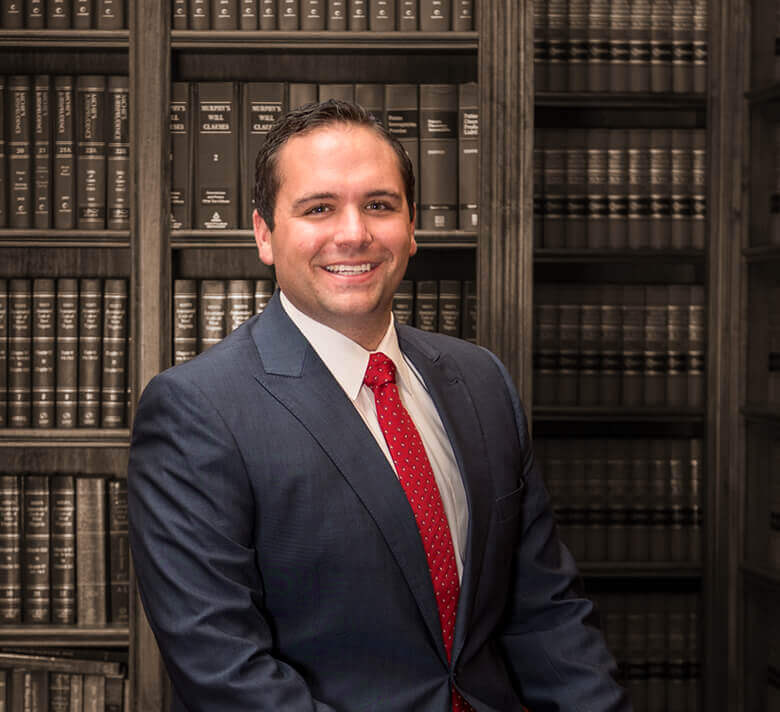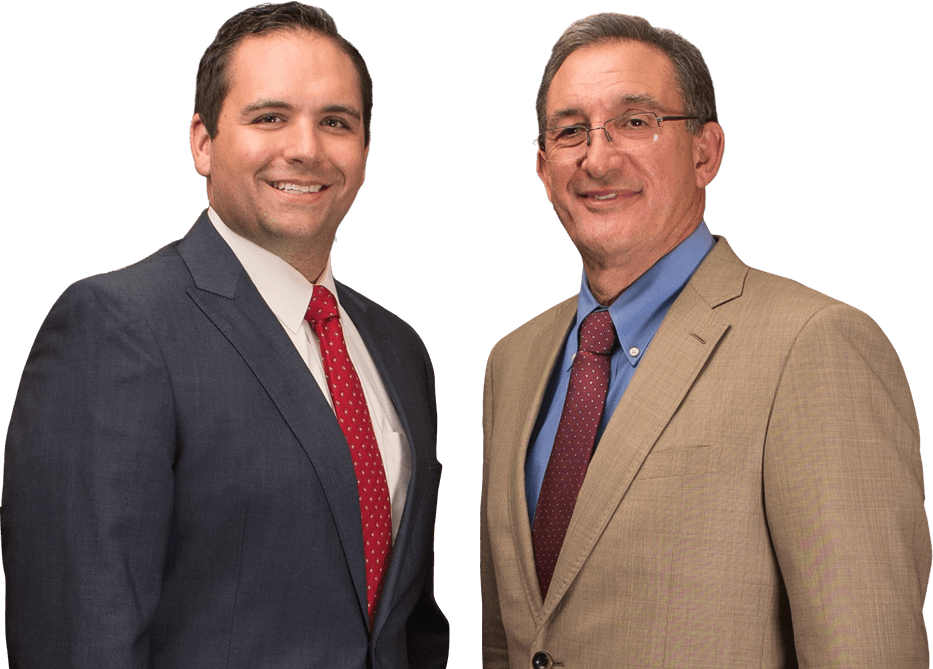
Car accidents can be stressful and navigating the insurance claims process afterward can feel overwhelming, especially when the at-fault driver is dishonest. Insurance adjusters play a key role in settling these claims, yet knowing how to approach them effectively is critical to ensure fair compensation. Here, we’ll guide you on dealing with insurance adjusters and handling situations when the at-fault driver may have lied about the accident.
The first interaction with an insurance adjuster sets the stage for your claim process. Here’s how to make the best impression:
Be concise and factual when describing the accident. Avoid speculations about fault or injuries in this initial conversation to prevent misinterpretation.
Prepare notes with critical details, such as the accident’s date, time, and location. Keep a record of each conversation with the adjuster for reference.
Stick to the facts without offering too much information. Avoid discussing the severity of injuries, as these can be better evaluated by medical professionals.
By following these guidelines, you establish a respectful and cooperative relationship while protecting your interests.
If the at-fault driver lies about what happened, having solid evidence to counter false claims is crucial. Here’s how you can collect and prepare vital documentation:
Always call the police after an accident, even for minor incidents. The report will detail the scene and provide statements from involved parties, which can support your account.
Capture images and videos of the scene, vehicle damage, road conditions, and any visible injuries. If available, dashcam footage is also valuable.
Gather contact information and statements from witnesses. They can corroborate your version of events, strengthening your claim if the at-fault driver attempts to misrepresent the facts.
Having thorough evidence can provide a solid foundation if you need to challenge any false information presented by the at-fault driver.

If the at-fault driver provides false information to their insurer, this can complicate your claim. Here’s what you should do:
Eyewitnesses can attest to your account, verifying factors like which driver had the right of way or if there was any reckless driving involved.
If your accident happened near a building with security cameras, you might be able to obtain footage. Dashcam footage can also disprove any false claims made by the at-fault driver.
Police reports are often seen as unbiased sources of information. Submit this report to your insurance company to bolster your case.
These steps help establish a credible claim, even if the other driver attempts to distort the facts.
Once you’ve documented your claim, it’s time to negotiate with the insurance adjuster. Here are some key tactics:
Calculate your damages, including medical expenses, repair costs, and lost wages. Having a clear understanding of your total expenses allows you to set a realistic compensation target.
Don’t rush to accept the first offer, especially if it’s lower than expected. It’s often beneficial to prepare for multiple negotiation rounds.
If the adjuster presents a low offer, ask them to justify it with detailed reasoning. This allows you to counter with evidence that supports a higher amount.
Remember, maintaining a professional demeanor throughout the negotiation process increases the likelihood of reaching a fair settlement.

Navigating the claims process has potential pitfalls. To avoid them, keep these tips in mind:
Discussing unnecessary details about the accident could inadvertently work against you, especially if the insurance company tries to use them to downplay your claim.
First offers are typically conservative. Evaluate them thoroughly and counter if necessary to ensure fair compensation.
Maintain a log of all communications with the insurance adjuster, noting key points discussed and any agreements made.
When calculating a settlement, consider long-term implications of the accident beyond immediate repairs and medical bills:
Serious injuries may require ongoing treatment, such as physical therapy or surgeries, which should be factored into your claim.
If your injuries impact your ability to work, you may need to seek compensation for lost earning potential.
Non-economic damages can cover reduced quality of life, which, while difficult to quantify, is essential for a comprehensive settlement.
By considering these long-term impacts, you can ensure that your compensation adequately reflects the accident’s full impact on your life.
Once you agree on a settlement amount, the final step is signing the settlement agreement. Here’s what to keep in mind:
This document usually outlines the compensation terms and typically stipulates that no further claims can be made regarding the accident.
Settlement payment timelines can vary. Make sure the agreement specifies this to avoid unnecessary delays.
Once you sign the agreement and receive the payment, the claim is considered settled. Ensure the compensation covers all expected expenses, as additional claims won’t be possible.
If you’ve been in an accident, understanding your rights and handling insurance interactions carefully can make a significant difference in the claim outcome. For personalized guidance through this process, reach out to the Manchin Injury Law Group online or call (304) 367-1862 Our team is here to help you achieve fair compensation and advocate for your rights.

Member at Manchin Injury Law Group
Attorney at Personal Injury

Attorney Timothy Manchin established the Manchin Injury Law Group in 2011 after his law partner of more than 25 years became a West Virginia circuit court judge. His focus is on helping individual clients and entire families victimized by negligent acts.
We offer a free initial consultation at our office in the Manchin Professional Building — our home since 1983 — conveniently located in Fairmont.
If you are unable to visit our firm, we can come to your home or hospital room.
Fill out the form below to get in touch!